The sound of birds in trees is so ubiquitous we may not think about the strong connections these organisms have with one another. Birds need urban trees for food, nesting and protection. Those who work with trees may not be aware that certain tree pruning activities can endanger nests and remove habitat for our feathered friends.
The Federal Migratory Bird Act goes back to 1918, when rampant egg-robbing for commercial purposes threatened hundreds of species. For this reason, 836 named species are federally protected by the Migratory Bird Act, including common species such as ducks, crows, doves, and many songbirds. Despite the name of the law, birds do not need to be migratory to be protected. Many states and municipalities also have code supporting Federal law regarding bird and nest protection.
Whether you are a homeowner responsible for tending the trees on your property or a certified arborist who tends to trees professionally, you should know about how to keep birds safe. To find out more about tree trimming and bird safety, start with your local Audubon Society chapter. Several chapters in California have informative webpages on the topic including the San Francisco Bay Area, Los Angeles, and Orange County. If you can’t find any online information, give them a call. Your local U.S. Fish and Wildlife office may also have something, although it may not be easy to find online. Try typing “bird nesting season” plus your state in the fws.gov search engine and see what comes up, or call your local office. Here is an example of a pamphlet from the state of Nevada.
Another good resource is The Wildlife Training Institute, which offers an online course for green professionals to become “Certified Wildlife Protectors.” The program was designed by a biologist and is administered by an ISA Certified Arborist, Megan Morris. I took the course earlier this year and found it informative. It is a national program and does not have the local information needed for daily work, but it’s a good start to get you thinking.
Here are some of the key questions you’ll want answered:
- When is nesting season?
Schedule most tree pruning jobs to avoid disturbing active nests. Timing will vary by region and bird species. - How can I find nests?
Nests are hard to spot on purpose. Locations may include the interior of tree canopies, trunk cavities or holes in the ground. Birds are most active during dawn or dusk. Look for some of these signs:- Accumulations of droppings on the ground
- Birds flying back and forth to the same spot bringing nest material or food.
- Increased bird activity when you walk by a certain tree or shrub; they may fly out and try to drive you away.
- Who are my local experts?
A professional wildlife biologist may be required to do a nesting survey for larger properties and bigger jobs. Call your local Audubon Society or Fish and Wildlife to get names and numbers. - What if I find a nest during work?
Don’t move it. Moving nests may cause the parents to abandon the babies. Stop working and delay work within at least 50 feet of the nest. Call a qualified biologist or Fish and Wildlife to identify the species and determine the safest time to work. - How do I prune?
Take no more than 25% of living foliage in one year as recommended by the International Society of Arboriculture. Leave interior branches on the tree for bird nesting sites. This is a good idea for other reasons. Recent studies by Ken James of the University of Melbourne have shown that the mass of branches in a canopy actually quiet or “dampen” the force of the wind, increasing branch stability. Over-thinned branches are more likely to break, causing injury and property damage. Thus, leaving interior branches is better for birds, trees, and humans.
If you want to change the way you work to protect birds, there are certainly many practical issues to consider, including economic considerations. However, when you consider that 85 million Americans enjoy watching and photographing birds, and participation in NestWatch, a citizen science nest-counting program, increased by 23% last year, there is clearly popular support for the protection of birds. Your client, local politician or major funder may be an avid birder and thank you for protecting birds in your work.
Are you one of those 85 million birders and perhaps also an arborist? Help get the word out in your community. There’s clearly a lot of work to be done.
Ellyn Shea is an arborist and garden educator in San Francisco.

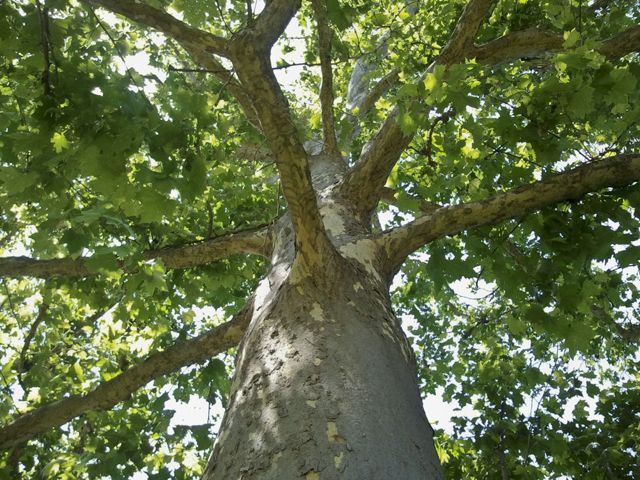
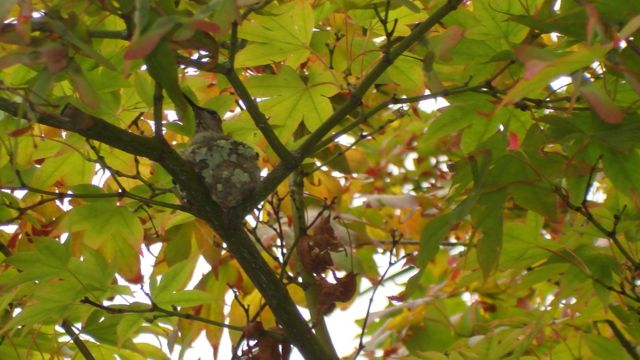
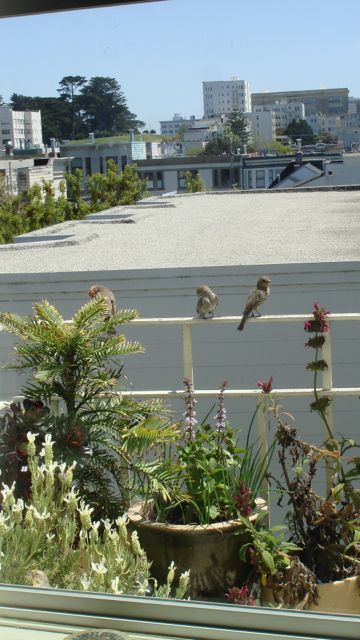
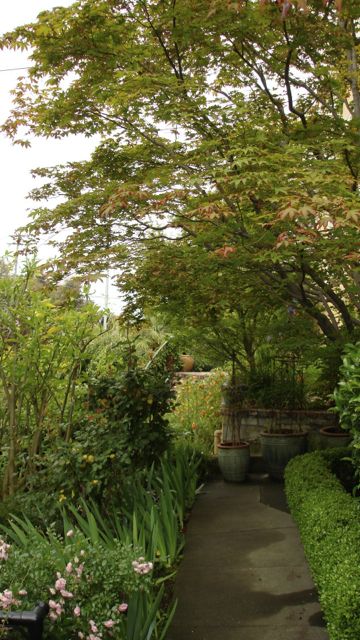
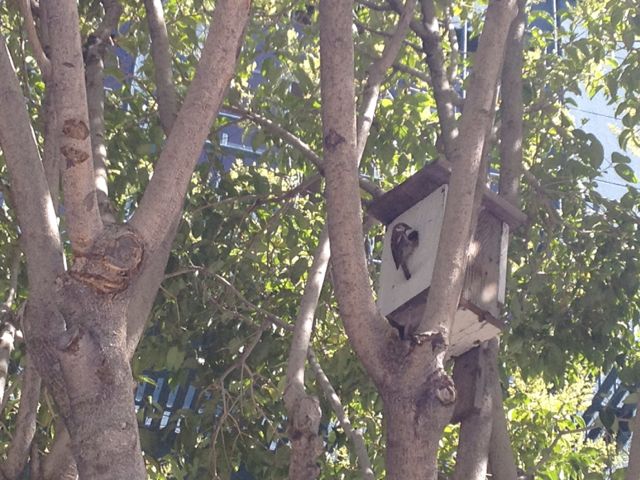




Leave Your Comment